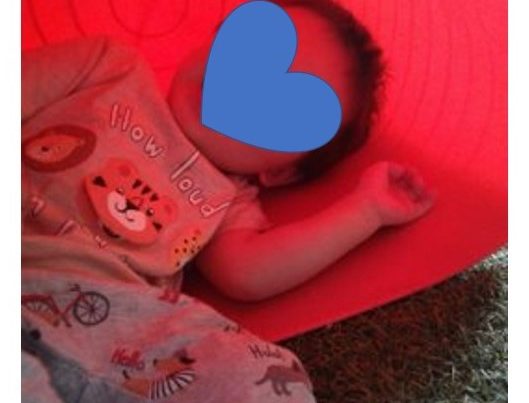Babies usually start getting their primary teeth between 3 and 6 months old, but some may start as late as 12 months. Some common symptoms if your child is teething are: crying, drooling, trouble sleeping, gum rubbing, biting, swollen gums and loss of appetite. So, what do you do when this happens? There are many ways to help your child that includes teething products or even household items. For the store-bought teething product you can put it in the fridge to chill but not the freezer as it can become too hard and may harm your child’s gums. Also, it is not recommended to use liquid-filled teething products as it can become a choking hazard if they break open.
Babies may lose their appetite because sucking brings more blood to the gums, which increases sensitivity and swelling in the area. If your child is able to eat solids, try offering cold foods and fluids to ease the discomfort. However, the baby isn’t going to be eating all day or if parents does not want to buy extra toys, they can try offering a clean, damp and cold cloth.
It is advised that children must be supervised when they are wearing a necklace teething product around their neck as it can become a choking hazard or even irritate their skin when the children are pulling at it. Other options could be buying them a teething bracelet, or a product taken out only when needed.
Please check our Facebook Page for more information on this and also for updates on what is happening in our classrooms.



